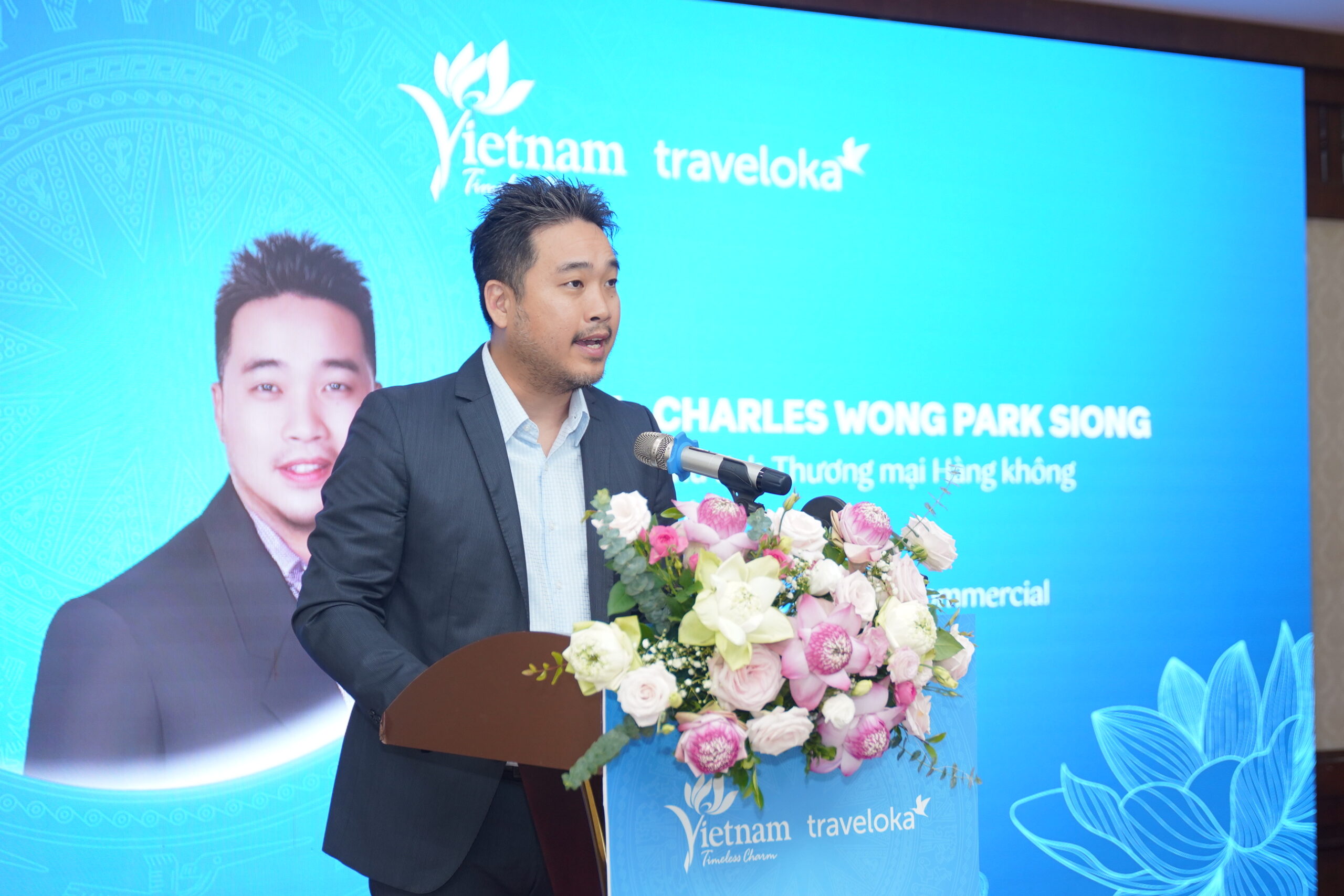As Vietnam emerges from the COVID-19 crisis, the country’s National Women’s Day reminds leaders that while resilience and safety should remain at the forefront of their priorities, there is no better time than now for organizations to foster diversity and inclusion in their workforces.
Some of the qualities that characterize diverse and inclusive companies – notably innovation and resilience – will be crucial as companies reimagine their next normal and navigate the current global economic crisis. Leaders can take this opportunity to reinvent their companies’ talent model through reskilling and upskilling with inclusion in mind. Even as ways of working for many organizations are being disrupted, putting inclusion and diversity (I&D) at the heart of a business agenda should not be deprioritized.
Why I&D can help organizations emerge stronger from the pandemic
Pockets of growth remain untapped as Vietnam embarks on the journey of achieving gender parity, ranking 87th in the World Economic Forum’s 2020 Global Gender Gap Report. Women still lack equal access to health and further progress is needed to increase their political involvement. By the end of 2019, women had made up roughly 16 percent of senior and middle management positions in the workforce.
However, there are still bright spots on the horizon. In terms of benchmarking economic opportunity and participation, Vietnam ranks 31st on the list. Almost 80 percent of local women participate in the workforce, compared to 86 percent of men. Efforts are already in place to empower women into politics; and 55 percent of professional and technical roles are occupied by women in the nation’s job market. This holds promise over the long term; professional and technical roles are less vulnerable to displacement and tend to ensure better employment prospects for the future.
Yet, as countries grapple with the coronavirus pandemic, this hard-won progress to parity could be impeded if I&D is deprioritized. Research by the McKinsey Global Institute finds that women’s jobs have been 1.8 times more vulnerable to the COVID-19 crisis than men’s.
Prioritizing I&D will not only help address this gap and mitigate disproportionate damage to women’s livelihoods; it could also help companies emerge from the crisis stronger and enable better business performance. McKinsey’s study of 1,000 companies in 15 countries showed that those in the top quartile in terms of gender diversity were 25 percent more likely to deliver above-average profitability than their peers in the bottom quartile. This is up from 21 percent in 2017 and 15 percent in 2015.
Leaders in Vietnam evaluating the future of their companies during this challenging period would do well to remember that more diverse and inclusive organizations are often more profitable, more innovative, and more resilient.
Building blocks for parity in organizations
At this pivotal moment, Vietnamese leaders and companies can reaffirm their commitment to I&D by stretching for gains in five key domains:
1. Win on talent
Organizations should keep an eye on the demographic profile of their changing workforce and ensuring women are not being disproportionately impacted. Diversity leaders actively track progress against I&D targets through dashboards that are visible across the organization. This means holding leaders accountable and rewarding them when progress is made.
Successful companies also set targets toward achieving gender parity on executive teams. In addition to showing a commitment toward building an ecosystem around I&D practices, targets also offer a sophisticated use of data to drive real-time transparency, which business leaders can use to make talent decisions.

A number of leading Vietnamese companies have already taken concrete steps in this domain. FPT publicly announced their diversity progress in an annual report, sharing that their ratio of women executives grew 16 percent in 2019. Other companies like REE, Vinamilk, and Vietjet have announced appointments of more women directors in recent years. The same effort is also seen in the start-up industry, with private and public sector players alike establishing programs to continue supporting more women as entrepreneurs.
2. Establish I&D priorities across entire value chain
Companies that want to make meaningful progress in this space should be able to clearly articulate the link between their I&D goals and specific value drivers.
For example, an Oxfam report in 2018 found that women account for 85 percent of all consumer purchases. With women making up a large portion of retail decision-makers, increasing their representation in teams and leadership can help ensure they bring their perspectives and insights to bear – potentially positioning companies to better anticipate shifts in consumer needs and consumption patterns.
3. Ensure representation of diverse talents and foster belonging through unequivocal support
As Vietnamese women take on a growing share of skilled professional roles, greater support is needed to help them retain these gains. While access to the workforce is a sign of progress, McKinsey’s research shows that the biggest hurdle for women in the workplace happens early in the corporate pipeline – specifically, at the first step up to a manager position.
In attracting and onboarding talent, successful companies set clear targets for women and other diversity hires, establish consistent evaluation criteria before review processes begin, and mandate unconscious bias training for all employees involved in these processes.
Diverse talents can also benefit from sponsorship – managers in these companies offer access to the resources needed to succeed, and promote the uptake of flexible working and retention initiatives for all employees.
4. Articulate and cascade CEO commitment
Leading companies recognize that commitment to I&D starts at the top, with many publicly committing to the agenda. They encourage executives to set an example, hold them accountable for delivery, and provide a central hub of I&D resources. In Vietnam, Vingroup has been seeing tangible results from this commitment over the last decade; its most recent annual report showed that women comprise more than 60 percent of the company’s board of management, and are holding key positions in its board of directors.
More recently, 67 CEOs in Vietnam publicly pledged their commitments to put gender equality at the heart of their business and social practices through a UN-backed program called Women’s Empowerment Principle. Many female CEOs are leading by example in this space. As case in point is Chairwoman Truong Thi Le Khanh, founder and CEO of Vinh Hoan, who was recognized by the Women in the Seafood Industry (WSI) for achieving 80 percent of women participation in the company’s top management – way ahead of the global industry average of only 14 percent.
5. Create a safe, inclusive, and respectful work culture
As Vietnamese companies adjust to new ways of working in this new normal, inclusive culture is more important than ever. When people feel they can be themselves at work, they are also more empowered to contribute, participate, and bring their perspectives to bear on problems – thereby boosting the odds of more creative solutions.
Proponents of I&D should continue to advocate for the benefits of inclusion and the critical role of leadership in ensuring all employees feel valued and motivated at a time of increased vulnerability.
* The authors are from McKinsey & Company. Bruce Delteil is a Partner based in the Hanoi office, and Tu Ha is a senior advisor in the Ho Chi Minh City office. Patti Wang is a consultant based in the Calgary office.
An op-ed exclusively published on Tuổi Trẻ News



